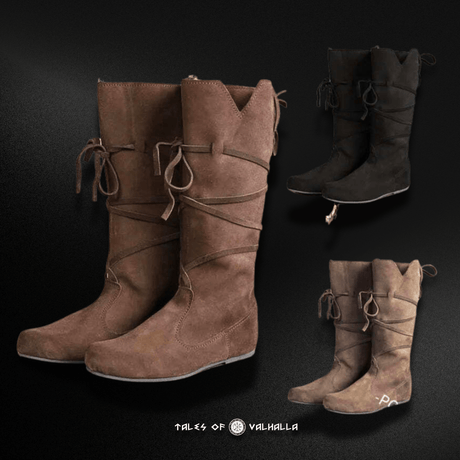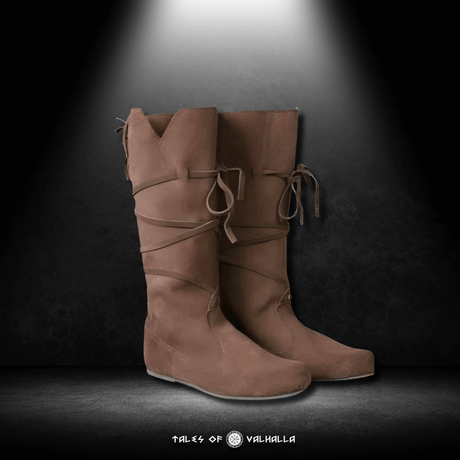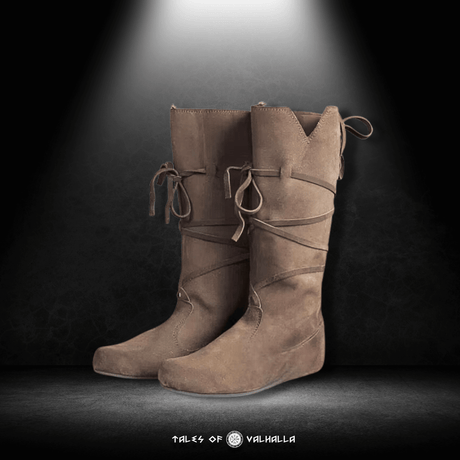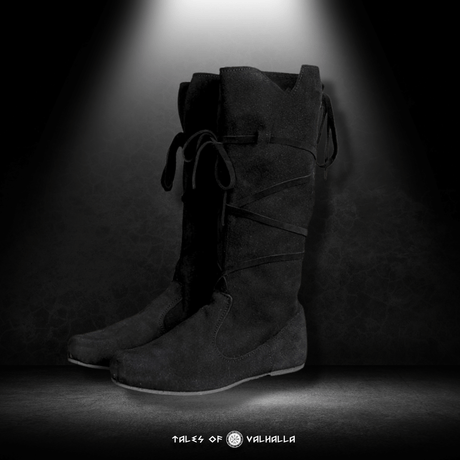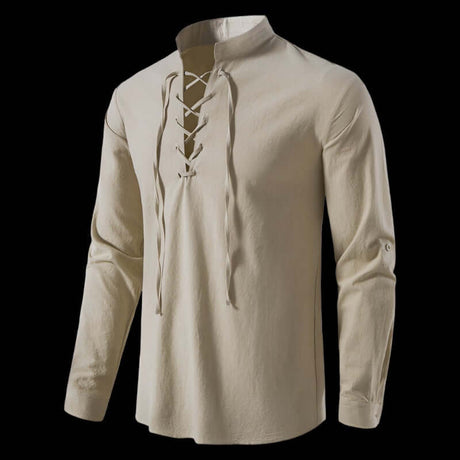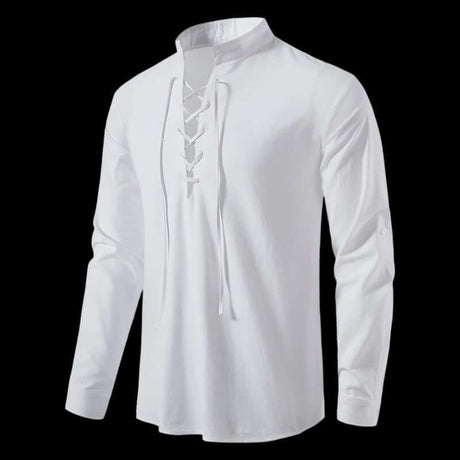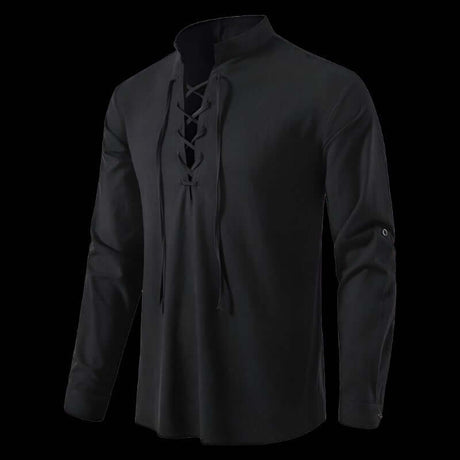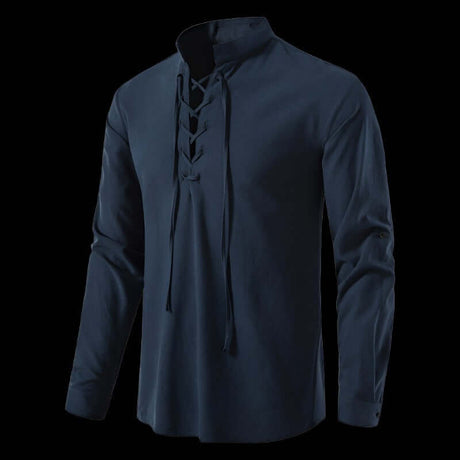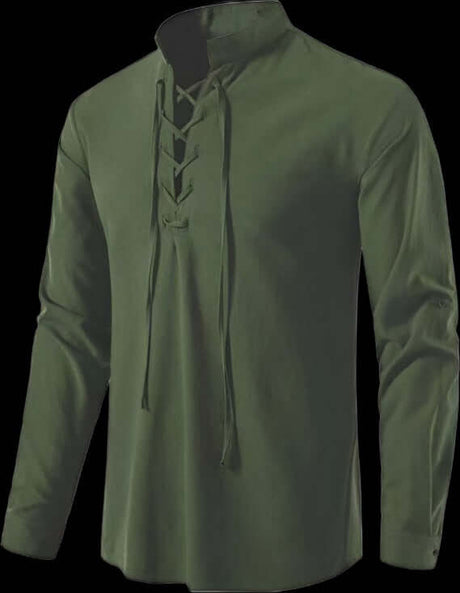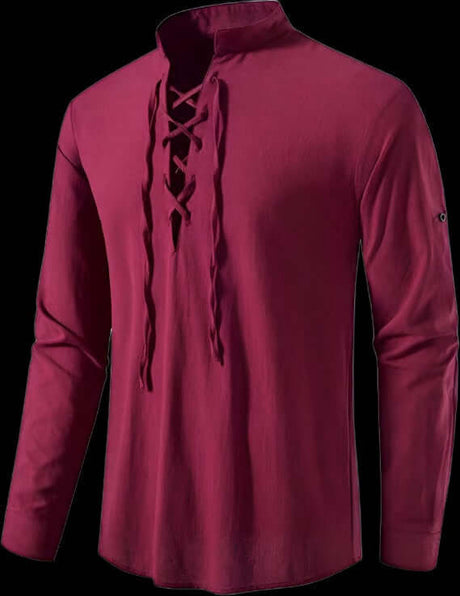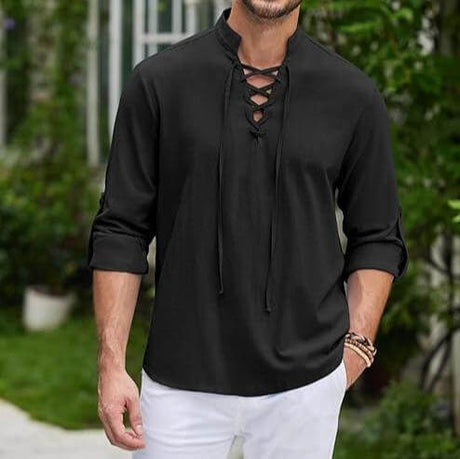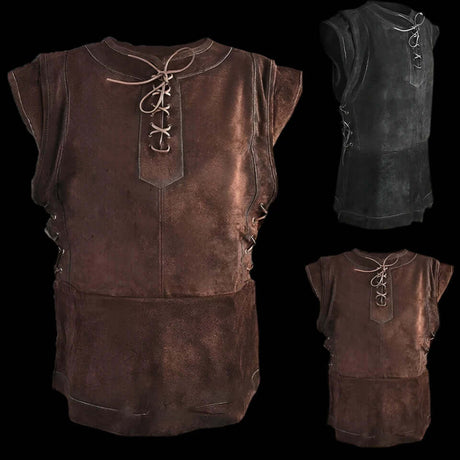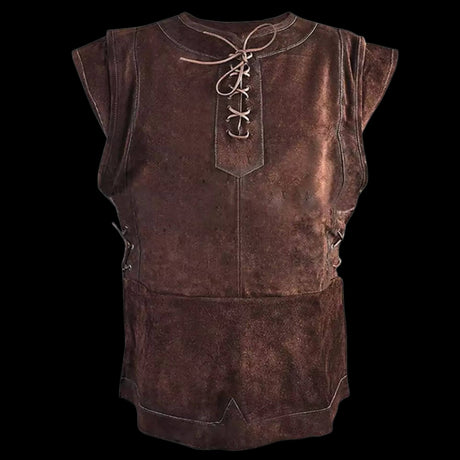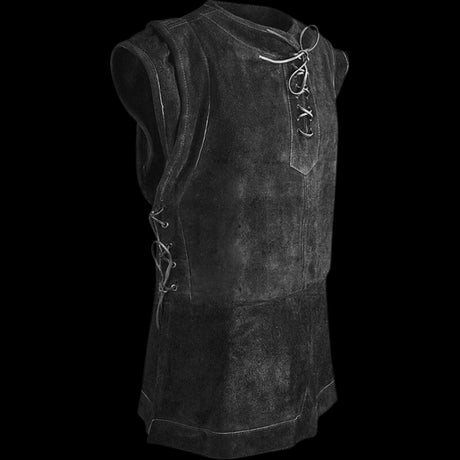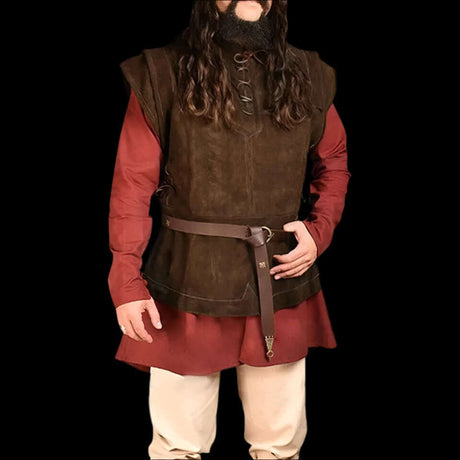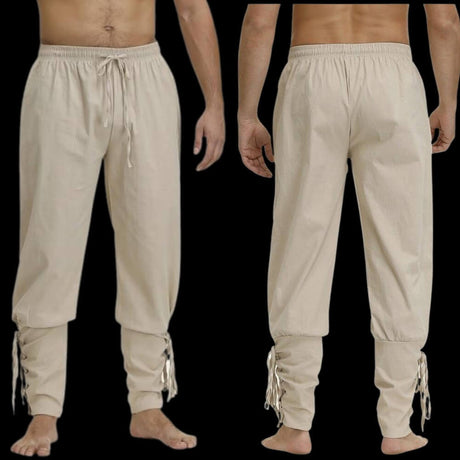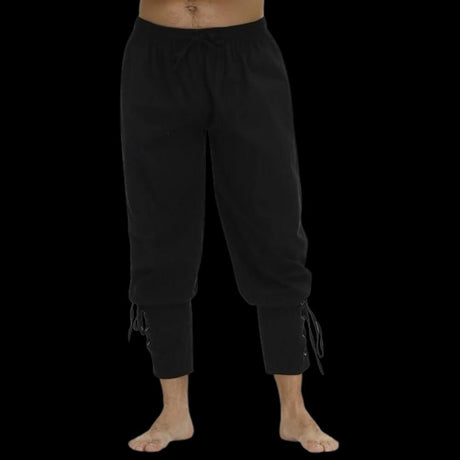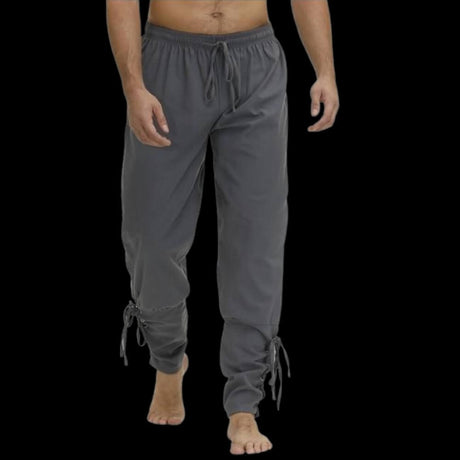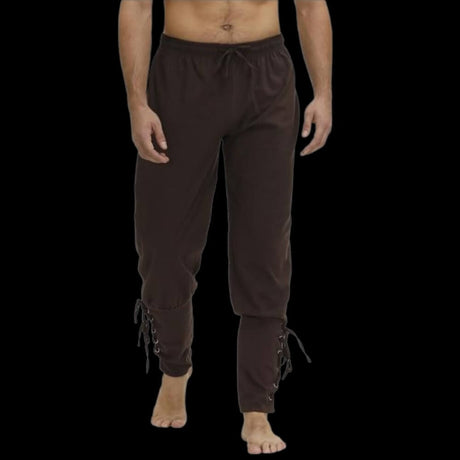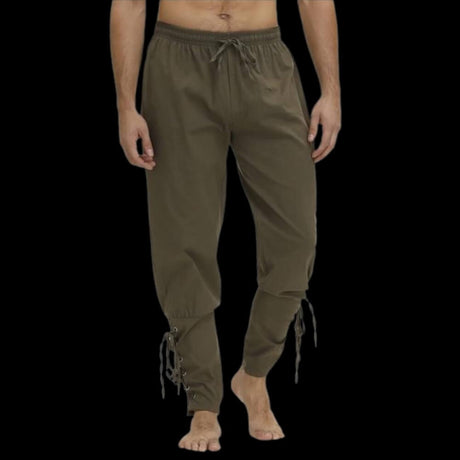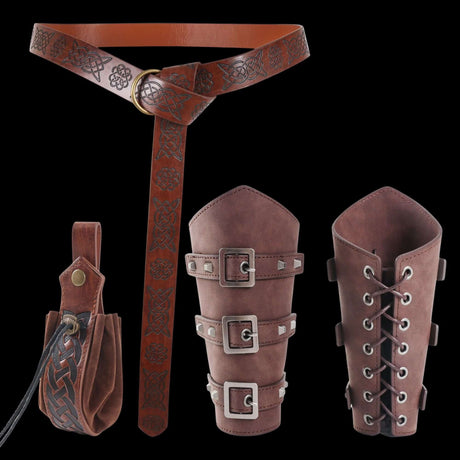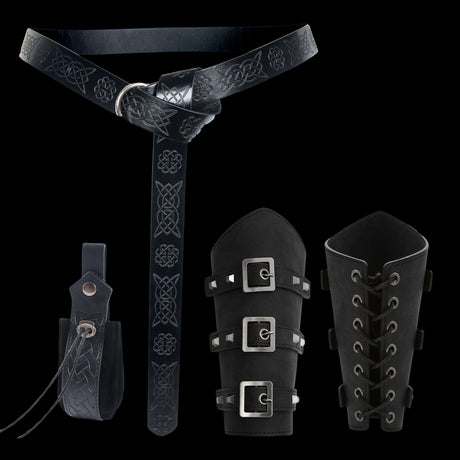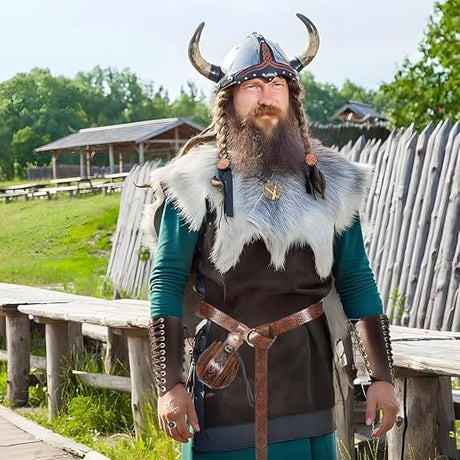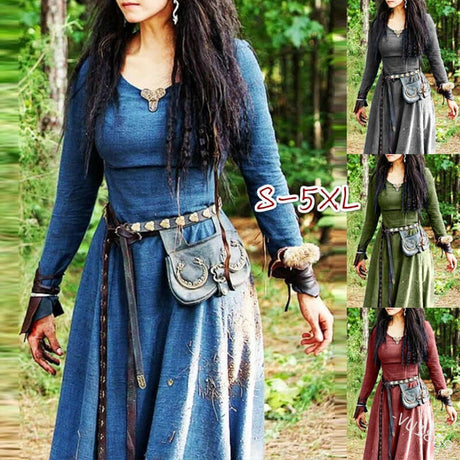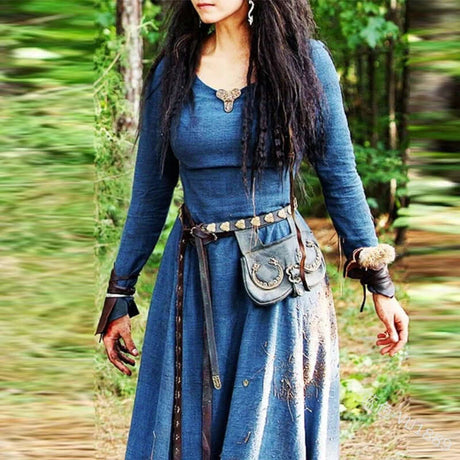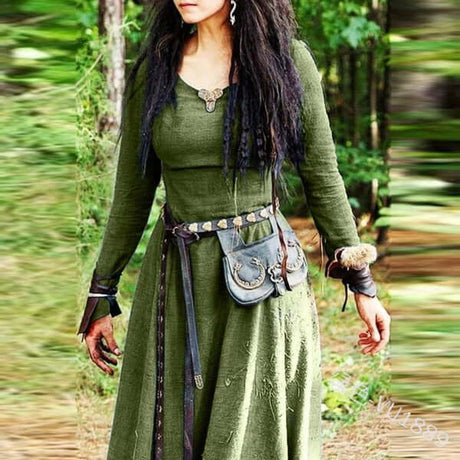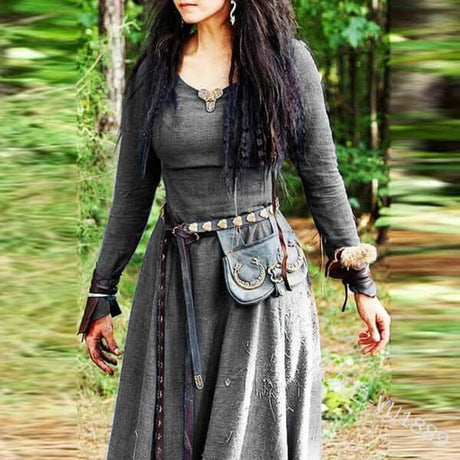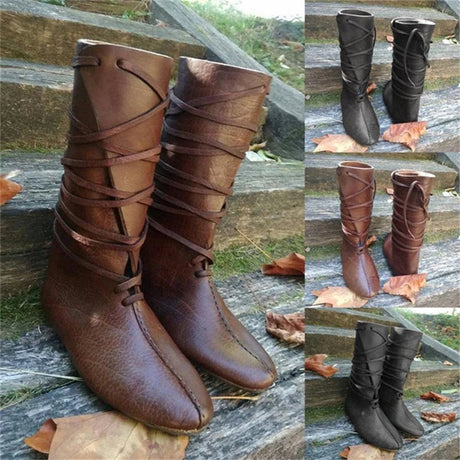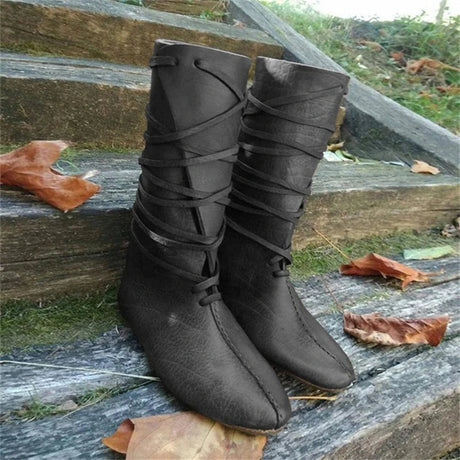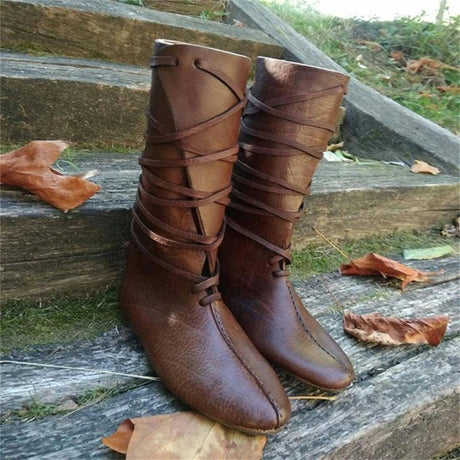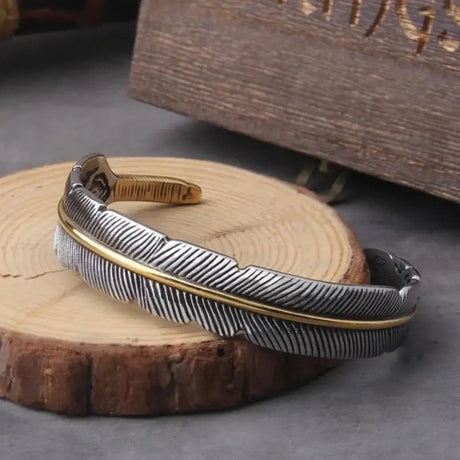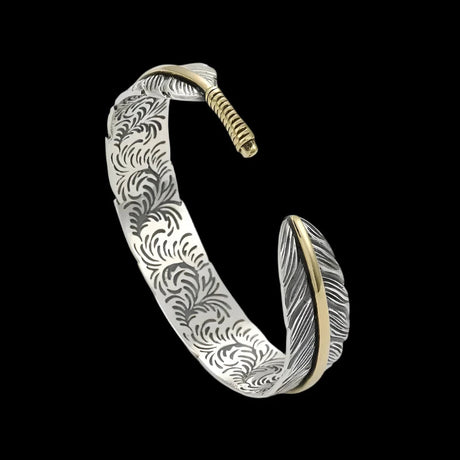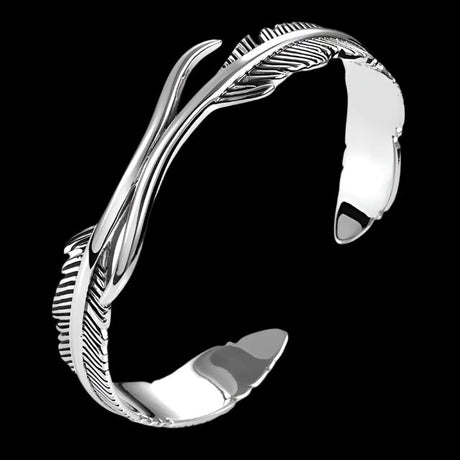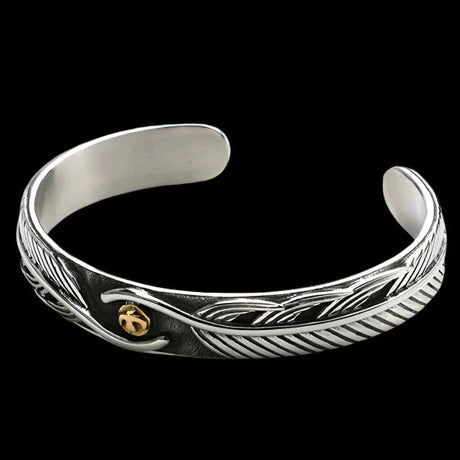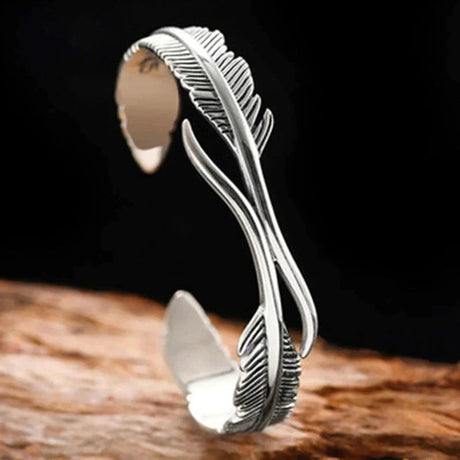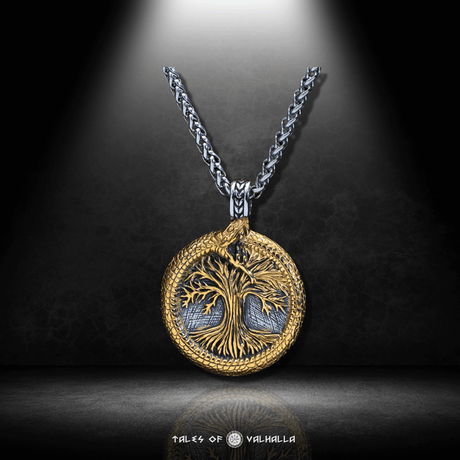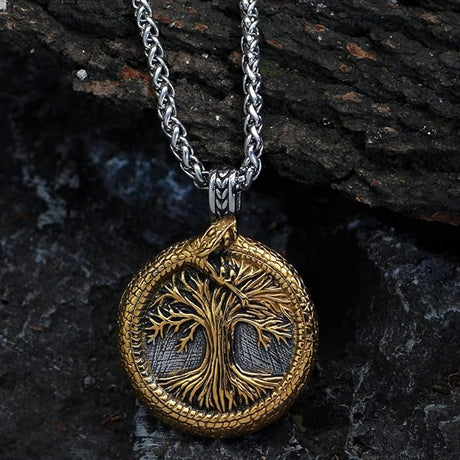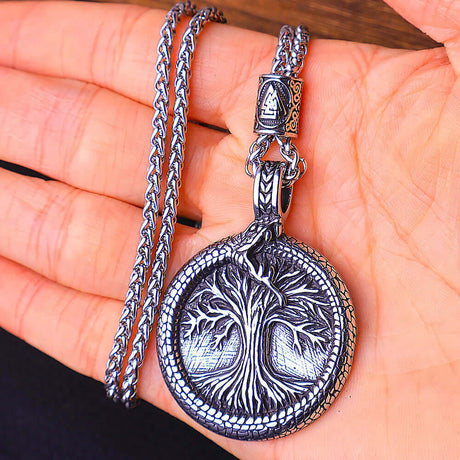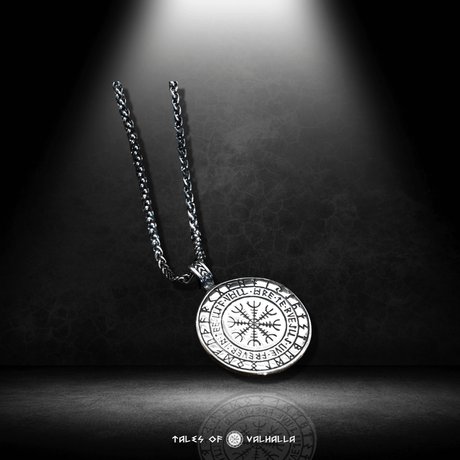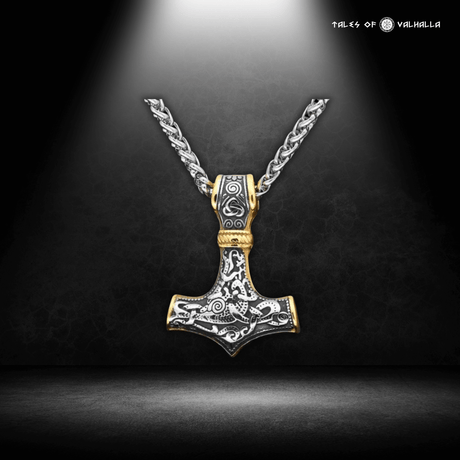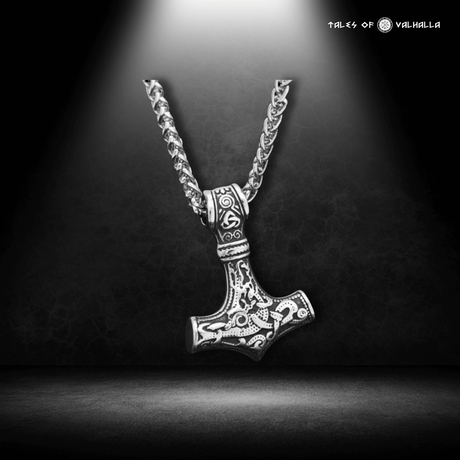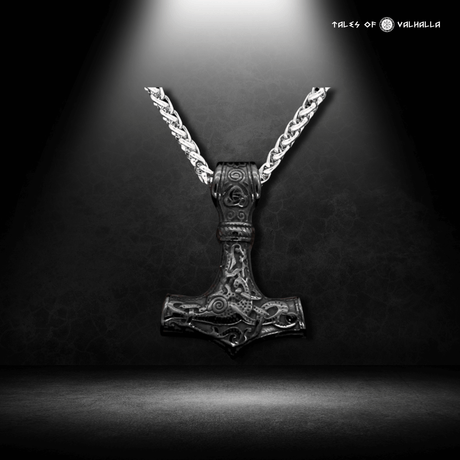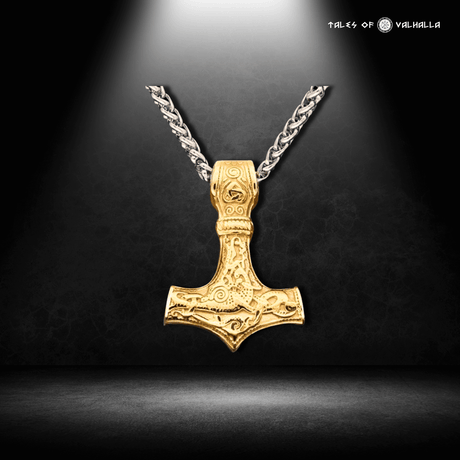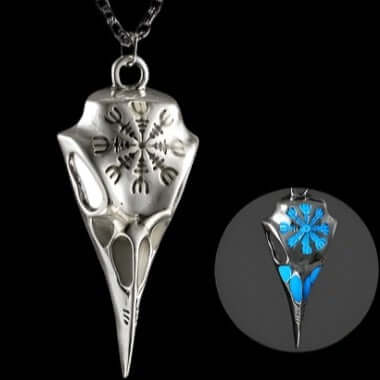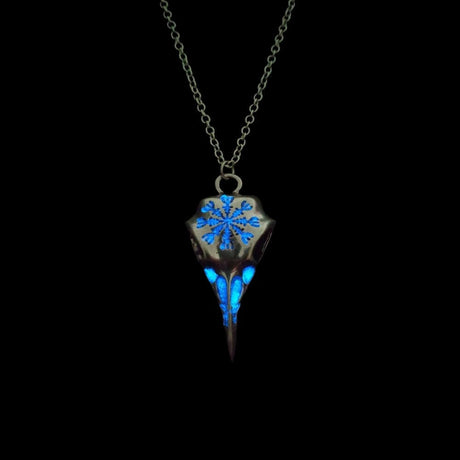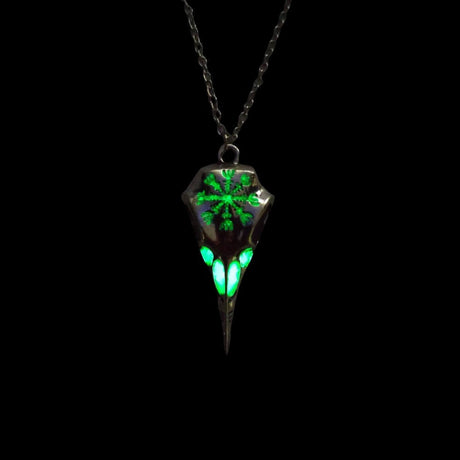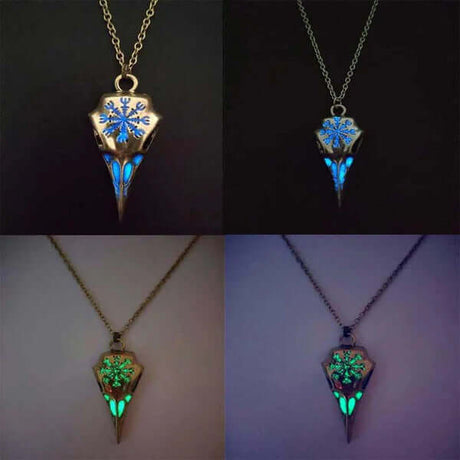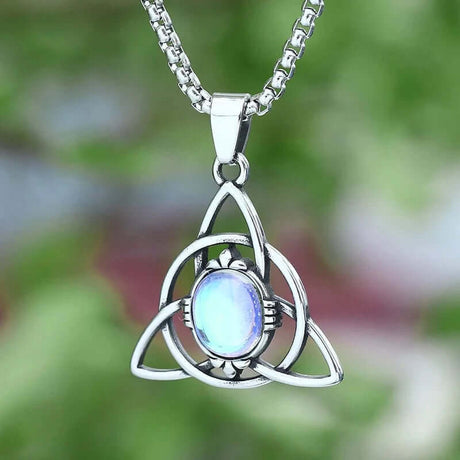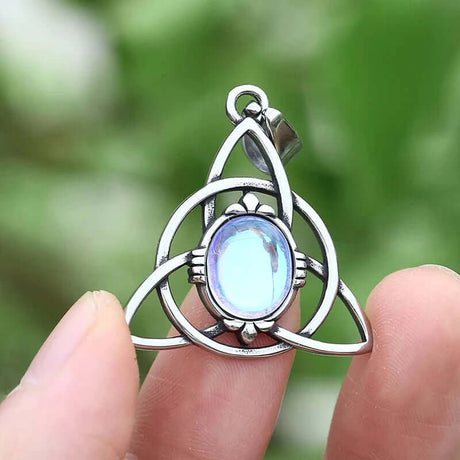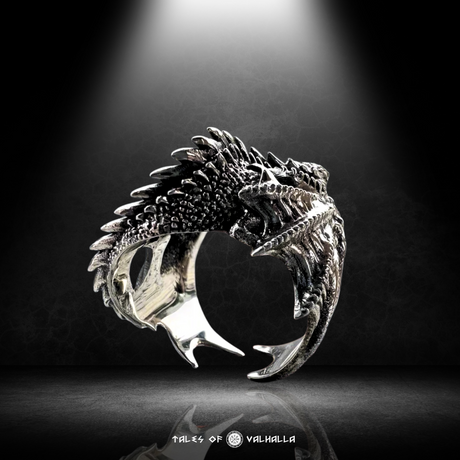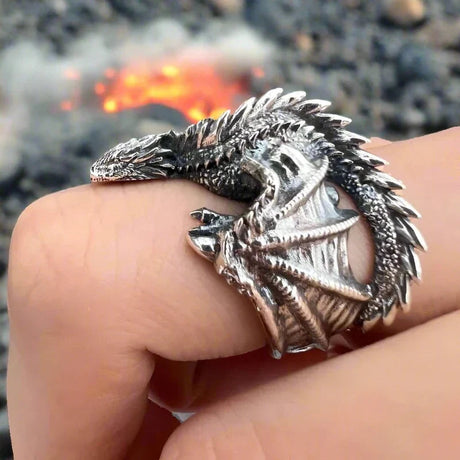The image is iconic: a fierce Norse warrior, eyes fixed on the horizon, longship cutting through icy waves, and a magnificent beard flowing in the wind. The Viking beard is more than just facial hair; it's a symbol of strength, masculinity, heritage, and a connection to a legendary past. In recent years, this rugged style has surged in popularity across the United States, with men seeking to emulate the powerful aesthetic of these historical figures.
But growing a true Viking beard is a journey, not just a style choice. It requires patience, dedication, and the right knowledge. This isn't just about letting your facial hair run wild; it's about cultivating a beard that embodies the spirit of the Norsemen. Whether you're just starting your beard-growing quest or looking to elevate your existing facial hair to legendary status, this comprehensive guide will provide you with the history, techniques, and inspiration needed to forge your own epic Viking beard.
The Legend of the Viking Beard: Fact vs. Fiction
Before we dive into the "how-to," let's explore the historical context. What did Viking Age beards actually look like? Did every Viking sport a massive, flowing mane?
Did All Vikings Have Beards? Separating Myth from Reality
While the heavily bearded Viking is the dominant image in popular culture, the historical reality was more varied.

The Legend of the Viking Beard
- Archaeological Evidence: Viking Age artwork, carvings, and runestones depict men with various facial hair styles. Yes, many show prominent beards, often well-groomed, sometimes braided or forked. However, depictions also show men with only mustaches or even clean-shaven faces. Combs are one of the most common archaeological finds in Viking graves, suggesting grooming was important.
- Saga Descriptions: The Icelandic Sagas sometimes describe characters by their beards (e.g., Sweyn Forkbeard), implying beards were common and noteworthy, but not universal.
- Practical Considerations: For warriors engaged in close combat, an overly long, untamed beard could potentially be a liability, easily grabbed by an enemy. This suggests that even battle-hardened Vikings likely kept their beards somewhat managed, perhaps braided or tucked away during fighting.
- Social Status: It's possible that certain beard styles were associated with age, status, or profession, though concrete evidence for this is limited.
So, while beards were undoubtedly common and significant, assuming every Viking had a massive, wild Viking beard is an oversimplification fueled by modern interpretations.
What Did Historical Viking Beards Look Like?
Based on available evidence, historical Viking beards likely exhibited these characteristics:
- Well-Groomed: Contrary to the "barbarian" stereotype, evidence suggests Vikings cared about hygiene and appearance. Beards were likely kept relatively neat, combed, and possibly oiled.
- Varied Lengths: Lengths probably varied greatly, from shorter, well-trimmed beards to longer, more flowing styles.
- Braiding and Forking: Depictions often show beards styled with braids or split into two forks, sometimes adorned with beads or rings (though evidence for rings is debated). This added decoration and potentially kept longer beards managed.
- Mustaches: Mustaches were also common, sometimes worn long and drooping, sometimes styled alongside the beard.

What Did Historical Viking Beards Look Like?
The Symbolism Then: What Did a Beard Mean?
In the Viking Age, a beard likely signified more than just facial hair.
- Masculinity and Maturity: Like in many cultures, a full beard was often seen as a sign of manhood and maturity.
- Strength and Virility: Beards could be associated with physical strength and virility, qualities highly valued in Viking society.
- Status and Authority: A well-groomed, perhaps longer or styled beard might indicate a man of higher status or authority.
- Warrior Identity: For many warriors, the Viking beard could have been part of their identity, a visual marker of their role and prowess.
Why Grow a Viking Beard Today? Modern Motivations
The resurgence of the Viking beard isn't just a fleeting trend. Men across the US are embracing this style for a variety of compelling reasons.
Connection to Heritage and Ancestry
For many Americans with Scandinavian roots, growing a Viking beard is a powerful way to connect with their heritage. It's a visible link to their ancestors, a way to honor the strength and resilience passed down through generations. It fosters a sense of belonging and pride in one's cultural background.
Symbolism of Strength and Masculinity
In a world that sometimes feels disconnected from traditional notions of masculinity, the Viking beard offers a potent symbol. It evokes images of strength, courage, independence, and ruggedness. For many, growing a beard is a way to reclaim and express these qualities. It's a statement against the clean-shaven norm, a visual representation of inner power.
Aesthetic Appeal and Style Statement
Let's face it – a well-maintained Viking beard looks undeniably cool. It frames the face, adds character, and creates a distinctive, memorable look. It's a style statement that blends ruggedness with potential sophistication (when properly groomed). It allows for personal expression through shaping, styling, and length.
Pop Culture Influence
There's no denying the impact of popular culture. Shows like "Vikings," movies like "The Northman," and video games like "God of War" and "Assassin's Creed Valhalla" have brought the Viking aesthetic, including the prominent Viking beard, into the mainstream. These portrayals, while sometimes fictionalized, have undeniably fueled the desire for many men to emulate the look of these iconic characters.
The Beard Trend: A Wider Movement
The popularity of the Viking beard also fits into a broader trend of beard growth in recent years. More men are embracing facial hair as a form of self-expression and style, moving away from the previously dominant clean-shaven look. The Viking beard is simply one powerful manifestation of this wider movement.
Embarking on the Journey: Growing Your Viking Beard Step-by-Step
Growing an epic Viking beard is a marathon, not a sprint. It requires patience, commitment, and proper care. Think of it as forging your own personal saga, one follicle at a time.

Growing Your Viking Beard Step-by-Step
Stage 1: The Decision & Commitment (The First Month - The "Scraggly Shore")
This is where the journey begins. You've decided to answer the call of your inner Norseman.
- Put Down the Razor: The first, most crucial step is simple: stop shaving. Let nature take its course.
- Embrace the Itch: The initial growth phase (the first few weeks) is often accompanied by itchiness as the sharp ends of the newly cut hairs curl back and irritate the skin. Resist the urge to scratch! This phase will pass. Using a good beard oil early on can help soothe the skin.
- Ignore the Patchiness (For Now): Your beard won't grow in perfectly even overnight. Expect some patches and unevenness. Don't get discouraged and shave it off prematurely. Most beards fill in over time.
- Cleanliness is Key: Wash your face and fledgling beard regularly with a gentle cleanser to keep the skin clean and prevent irritation.
- Story Vignette 1: The Itchy Beginning: Erik stared into the mirror, frustration mounting. Three weeks into his beard quest, his face felt like it was crawling with fire ants. Patches mocked him from his cheeks. The urge to grab the razor was almost overwhelming. But then he remembered the stories of the Vikings enduring harsh seas and brutal winters. Surely, he could endure a little itch? He reached for the beard oil his friend recommended, massaging it into his skin. "Patience," he muttered, channeling his inner Norseman. "This is just the first fjord to cross."
Stage 2: Shaping the Path (Months 2-4 - Charting the Coastline)
As your beard starts to gain some length, it's time to establish some boundaries and begin basic grooming.
- Define the Neckline: This is crucial for avoiding the "neckbeard" look. Imagine a curved line running from just behind your earlobe, down under your jawline, and back up to the other earlobe. Shave everything below this line. A good rule of thumb is to place two fingers above your Adam's apple – that's generally where your neckline should start.
- Establish the Cheek Lines: Decide on the shape you want for the top of your beard on your cheeks. You can go for a natural line, a straight line, or a curved line. Keep it neat by shaving or trimming stray hairs above this line.
-
Start Basic Grooming:
- Washing: Begin using a dedicated beard wash a few times a week. Regular shampoo can strip your beard of natural oils.
- Oiling: Apply beard oil daily. This moisturizes the skin underneath, softens the beard hair, reduces itchiness, and promotes healthy growth.
- Combing/Brushing: Gently comb or brush your beard daily to detangle hairs, distribute oil evenly, and start training the hair to grow in the desired direction.
- Addressing Patchiness: If patches persist, don't despair. Sometimes, allowing surrounding hairs to grow longer can help cover sparser areas. Genetics play a big role here, but good grooming can maximize what you have.
Stage 3: Gaining Length & Volume (Months 4-12+ - Sailing the Open Seas)
This is the long game. Growing a truly impressive Viking beard takes time – often six months to a year, or even longer, depending on your genetics and desired length.
- Patience is Paramount: This is where many beard journeys falter. Growth can seem slow, and awkward phases are inevitable. Stick with it! Remember the perseverance of the Vikings.
- Consistent Grooming: Continue washing, oiling, and brushing regularly. This keeps your beard healthy and manageable as it grows longer.
- Introduce Beard Balm: As your beard gets longer, beard balm can provide more hold and styling control than oil alone. It also helps tame flyaways and shape the beard.
- Trimming for Health (Not Length): Avoid trimming for length during this stage unless absolutely necessary. However, occasional light trims (every 6-8 weeks) to remove split ends can keep your beard healthy and prevent breakage, ultimately helping it grow longer and fuller. Focus on shaping, not shortening.
- Embrace the Transformation: Enjoy the process! Watch as your beard takes shape and transforms your appearance.
The Role of Genetics: The Norse Blood (or Lack Thereof)
It's essential to acknowledge reality: genetics are the single biggest factor determining your beard growth potential – density, growth rate, and pattern. Not everyone can grow a thick, flowing Viking beard like the ones seen in movies.
- Manage Expectations: If your father or grandfather had sparse facial hair, chances are you might too. Work with what you have. A well-groomed beard of any length can look great.
- Focus on Health: While you can't change your genes, you can optimize your beard's health through proper grooming and a healthy lifestyle, making the most of your natural growth.
- There's No Magic Pill: Be wary of products promising miraculous beard growth. Most are ineffective. Healthy habits and good grooming are your best bet.
Forging Your Look: Viking Beard Grooming Essentials
Just as a Viking maintained his weapons, maintaining your Viking beard requires the right tools and techniques. This isn't about vanity; it's about keeping your beard healthy, comfortable, and looking its best.

Viking Beard Grooming Essentials
Cleansing: Washing Your Beard Properly
Your beard traps dirt, food particles, and excess oil. Regular washing is essential, but using the wrong product can do more harm than good.
- Use Beard Wash: Standard hair shampoos are designed to strip oils from your scalp. Using them on your beard can leave it dry, brittle, and prone to breakage, while also drying out the skin underneath. Invest in a dedicated beard wash formulated with gentler ingredients.
- Frequency: Washing 2-3 times per week is usually sufficient for most men. Over-washing can strip away natural oils. Adjust based on your activity level and environment.
- Technique: Gently massage the wash into your beard and down to the skin. Rinse thoroughly with lukewarm water. Pat dry gently with a towel – avoid vigorous rubbing.
Conditioning: Beard Oil & Balm – The Norse Elixirs
These are arguably the most crucial products for a healthy, magnificent beard.
-
Beard Oil:
- Purpose: Moisturizes the skin beneath the beard (preventing dryness, flakes, and itch), softens beard hair, provides a healthy shine, and can deliver pleasant scents.
- Application: Apply daily, especially after washing. Put a few drops in your palm, rub your hands together, and massage thoroughly into the skin and throughout the beard.
-
Beard Balm:
- Purpose: Contains oils like beard oil but also includes waxes (like beeswax) and butters (like shea butter) to provide more conditioning, hold, and styling control. Helps tame flyaways and shape longer beards.
- Application: Scrape out a small amount with your thumbnail, rub between your palms to melt, and then work through your beard, styling as desired. Best used after applying beard oil or on days you need extra hold.
Taming the Mane: Brushing & Combing
Regular brushing and combing are vital for maintaining a healthy and well-groomed Viking beard.
- Boar Bristle Brush: Excellent for distributing beard oil and balm evenly, exfoliating the skin underneath, training hairs to grow downwards, and removing loose hairs or debris.
- Wooden Beard Comb: Ideal for detangling longer beards without causing static or snagging (unlike plastic combs). Choose a comb with smooth, wide teeth.
- Frequency: Comb or brush daily, especially after applying oil or balm. Be gentle to avoid pulling out hairs.
Shaping and Trimming: Maintaining the Norse Form
Regular trimming keeps your beard healthy and maintains your desired shape.
- Scissors vs. Trimmers: Beard scissors offer more precision for snipping stray hairs and split ends. Electric beard trimmers are better for maintaining overall length and defining lines (neckline, cheek lines).
- Neckline and Cheek Lines: Keep these lines clean and well-defined for a sharp look. Trim regularly as needed.
- Trimming for Shape: As your beard grows, you'll need to trim it occasionally to maintain the desired shape (e.g., rounded, square, pointed).
- Dealing with Split Ends: Regularly trim off split ends to prevent them from traveling up the hair shaft and causing further damage.
- When to See a Barber: If you're unsure about shaping your beard or want a professional trim, visit a barber experienced in beard styling. They can help you establish a shape that complements your face.
Styling Your Viking Beard: Embracing the Norse Aesthetic
Once you've achieved some length, you can start experimenting with styling your Viking beard.
Natural and Full: The Rugged Look
Sometimes, the best style is simply letting your healthy, well-groomed beard flow naturally. This emphasizes volume and showcases the beard's natural texture. It requires regular grooming to keep it looking intentional rather than neglected.
Braids and Beads: Historical Nod or Modern Flair?
- Historical Evidence: Viking artwork does depict braided beards and mustaches. This suggests it was a genuine historical practice, likely used for decoration and/or managing longer facial hair, especially in battle.
- Beads: While less definitively documented than braids in beards (more evidence exists for hair beads), beard beads or rings are a popular modern addition to the Viking beard style. They add a decorative, personalized touch.
- How-To: Simple three-strand braids are easy to learn. Secure the end with a small, clear elastic or thread. Beard beads can be slid onto braids or secured with small elastics or specialized wire tools. Choose beads made from natural materials like wood, bone, or metal for a more authentic feel.
Forked Beards and Other Shapes
Some Viking depictions show beards split into two distinct forks or points. This style requires careful trimming and shaping to maintain the separation. Other shapes, like squared-off or rounded bottoms, are also possible depending on your growth pattern and preference.
Table: Historical Styles vs. Modern Interpretations
This table highlights that while modern Viking beards draw inspiration from history, they often amplify certain elements for aesthetic effect.
Beyond the Beard: Lifestyle Factors for Optimal Growth
While genetics and grooming are key, certain lifestyle factors can also influence beard growth and health.
- Diet and Nutrition: A balanced diet rich in protein, vitamins (especially Biotin and B vitamins), and minerals supports healthy hair growth. Stay hydrated.
- Stress Management: High stress levels can negatively impact hair growth. Find healthy ways to manage stress.
- Sleep: Adequate sleep is crucial for overall health, including hair growth cycles. Aim for 7-9 hours per night.
- Exercise: Regular exercise improves blood circulation, which can help deliver nutrients to hair follicles.
The Viking Beard as a Modern Symbol
Today, the Viking beard carries a range of symbolic meanings:
- Strength and Resilience: A visual representation of inner strength and the ability to persevere.
- Masculinity: A connection to traditional notions of rugged masculinity.
- Non-Conformity: A statement against clean-shaven societal norms.
- Connection to History/Heritage: A way to honor ancestry or express admiration for Viking culture.
- Patience and Dedication: Growing a significant beard requires commitment, mirroring the perseverance often associated with Vikings.
Conclusion
Growing a Viking beard is a commitment, a journey that requires patience, dedication, and the right care. It's about more than just letting your facial hair grow; it's about connecting with a powerful historical image, embracing a symbol of strength, and cultivating a look that is uniquely yours. From navigating the itchy beginnings to mastering the art of grooming and styling, the path to an epic Viking beard is its own saga.
Remember the historical context, care for your beard with quality products, style it in a way that reflects your personality, and wear it with pride. Whether you aim for historical accuracy or a modern interpretation, your Viking beard is a testament to your commitment and a connection to the enduring spirit of the Norsemen.
6 FAQs
-
Did all Vikings have massive beards like in the movies?
No, that's mostly a modern stereotype. Historical evidence (art, archaeology) shows Vikings had various facial hair styles, including well-groomed beards of different lengths, mustaches, or even clean-shaven looks. While beards were common, the wild, unkempt look isn't historically accurate; grooming tools like combs are often found in Viking graves.
-
How long does it realistically take to grow a significant Viking beard?
Patience is key! Growing a substantial Viking beard typically takes 6 months to a year, or even longer, depending heavily on your individual genetics and desired length. It's a long-term commitment, not an overnight transformation.
-
What are the absolute essential products for grooming a Viking beard?
The essentials are: 1) A dedicated beard wash (gentler than hair shampoo), 2) Beard oil (for daily moisturizing of skin and hair, reducing itch), and 3) A good beard brush (boar bristle is often recommended) or comb (wood is good for detangling). Beard balm becomes helpful for styling as the beard grows longer.
-
Did Vikings really braid their beards and use beads?
Yes, historical depictions show Vikings did braid their beards and mustaches, likely for style and practicality (especially in battle). Beard beads or rings are less definitively documented in beards specifically (more evidence exists for hair beads), but they are a popular modern addition to achieve the Viking beard aesthetic.
-
What if I can't grow a thick Viking beard because of genetics or patchiness?
Genetics play the biggest role. Not everyone can grow a dense, flowing beard. The best approach is to focus on making the most of the growth you do have. Keep it healthy with good grooming (oil, washing, brushing), define your necklines and cheek lines cleanly, and choose a style that works with your natural pattern. A well-maintained beard of any length can look great.
-
What does growing a Viking beard symbolize today?
For many men today, growing a Viking beard symbolizes strength, resilience, traditional masculinity, non-conformity, and a connection to history or personal heritage. It also represents the patience and dedication required to cultivate it.









































